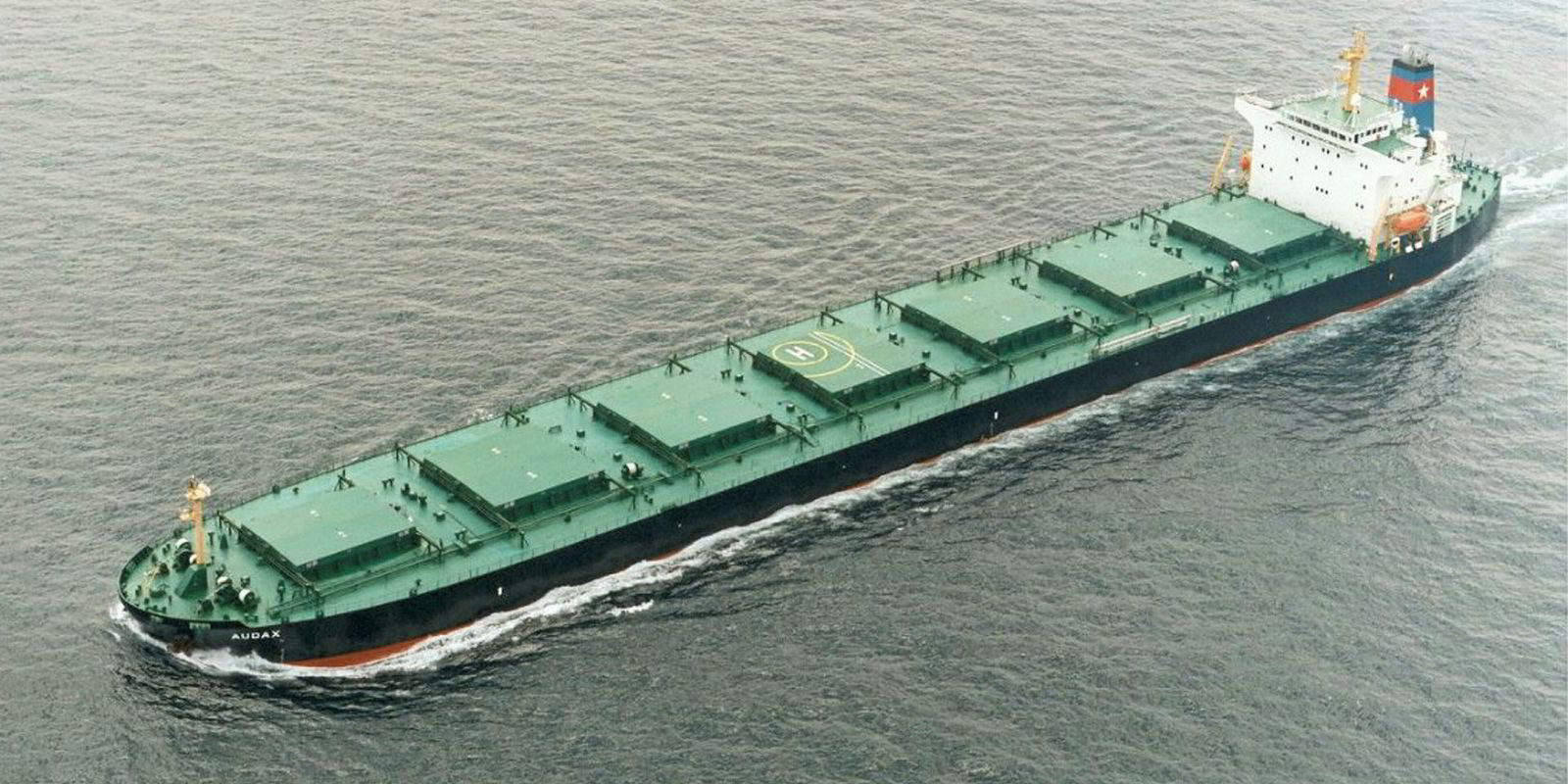It is difficult to be sure what the world's most active buyer of ships is going to do next, but there's little question who it is.
The biggest name in shipbroker reports is “unknown Chinese buyer”. It owns a 468-ship fleet and is awaiting delivery of at least nine ships, out of a total of 50 that it purchased in the first four months of 2018, according to VesselsValue.
All but one of the vessels now awaiting delivery to the "unknown Chinese buyer" are bulkers, heavily weighted towards panamaxes.
Until recently, the figure was inflated by some mystery deals, such as the apparently now failed sale of the 11-ship Rewood Ocean Shipping Co fleet and more recently that of four former Marenave Schiffahrts supramaxes to Bank of Communications Financial Leasing.
But if the current crop continues the pattern of the past two years, most of the ships will eventually turn up in the fleet of previously unknown companies that have each acquired their entire two or three-ship fleet since late 2016, likely in Ningbo or another part of eastern Zhejiang province.
The global secondhand market has learned to rely on Chinese-flag import buyers willing to pay a price over scrap levels (plus a hefty tariff) to import ships approaching their fourth special survey.
Both sides see that as a win. Buyers are keen to keep the ships trading through intensive maintenance after they have earned back the purchase price — and to keep them out of competition with the sellers' fleets in the closed coastwise market.
And from the sellers’ point of view, “sold to unknown Chinese” has seemed tantamount to tonnage deletion.
But some of the buyers for import into the Chinese flag may be pursuing a new strategy: only six of the incoming purchases by unidentified Chinese shipowners are near the crucial 18-year cut-off point for import to the Chinese flag, despite widespread belief that this age limit may be lowered soon.
Three groups of Chinese shipowners have different degrees of interest in buying ships with a view to diversifying their trading base and expanding the share of their foreign business.

They are (1) the mostly small independent private owners; (2) an important handful of middle-size owner-managers, often working on behalf of their one, two, and three-ship clients; and (3) a few of the power company-related captive or semi-captive fleets.
The aim in some cases is maintaining a trading fleet in which three types of regulatory status are balanced: Chinese-flag vessels dedicated to the domestic trade; Hong Kong or other open registry vessels dedicated to regional or worldwide trading; and, most consequentially, dual-qualified Chinese-flag vessels that can switch to whichever market is most lucrative.
The pivoting strategy from domestic to international that such a mix allows is open only to Chinese mainland companies, and is easiest to manage with large fleets.
A similar strategy can work outside the dry trades as well.
Chemical carrier player Sinochem International Logistics is one example of a state-controlled Chinese company that pursued a similar ambition — to use its domestic trading privileges and a Chinese-controlled customer base as a springboard to vault into the top ranks of global carriers.
The special challenges of the global chemical carrier trades, along with depressed rates, have chastened Sinochem over the past year. But the business plan remains a live one for Chinese companies, especially those with state support. In the Chinese-flag dry bulk sector, this strategy is easiest to see in the midsize range of the fleet.






